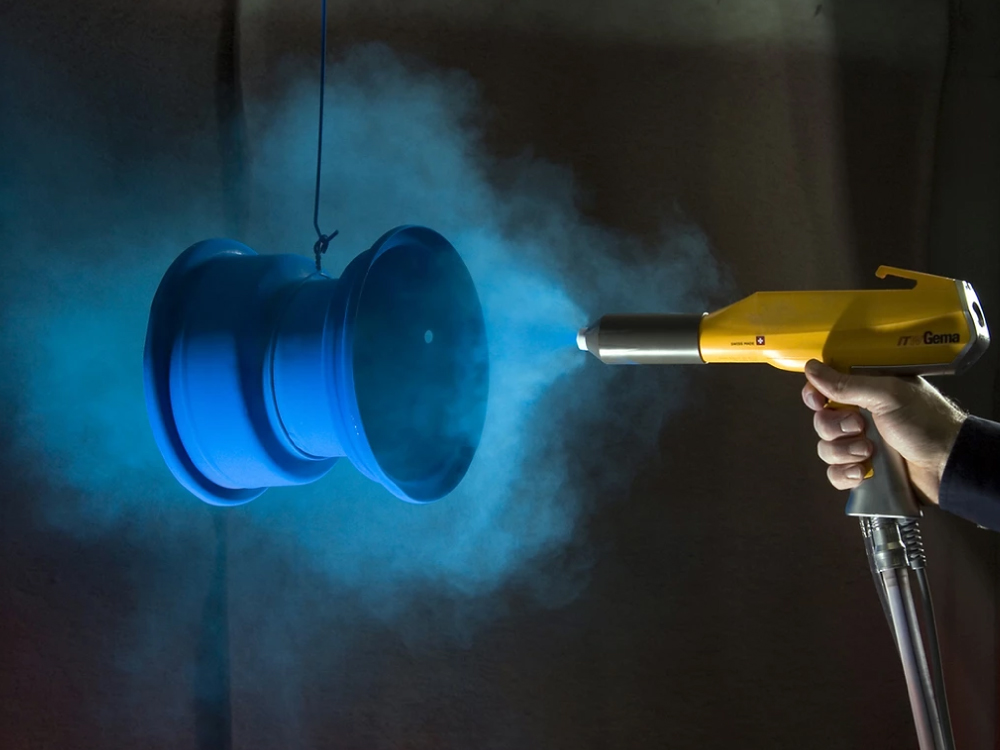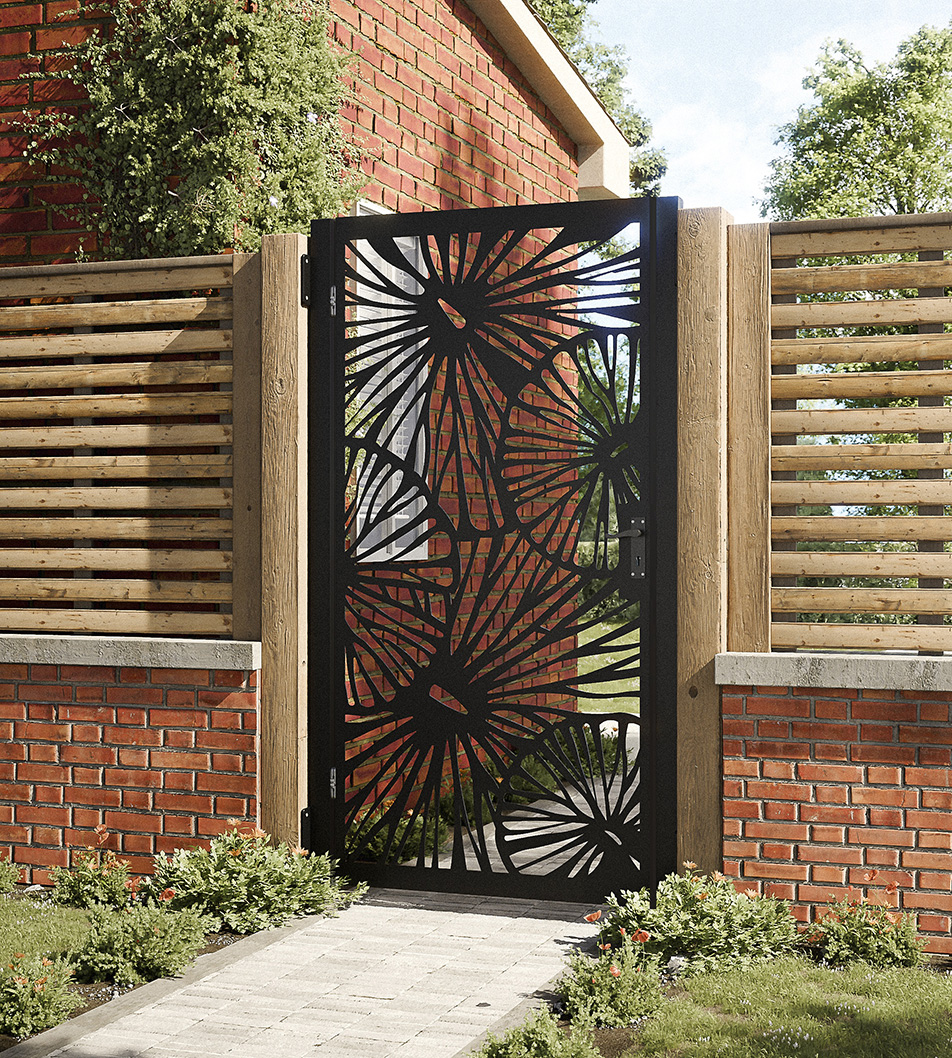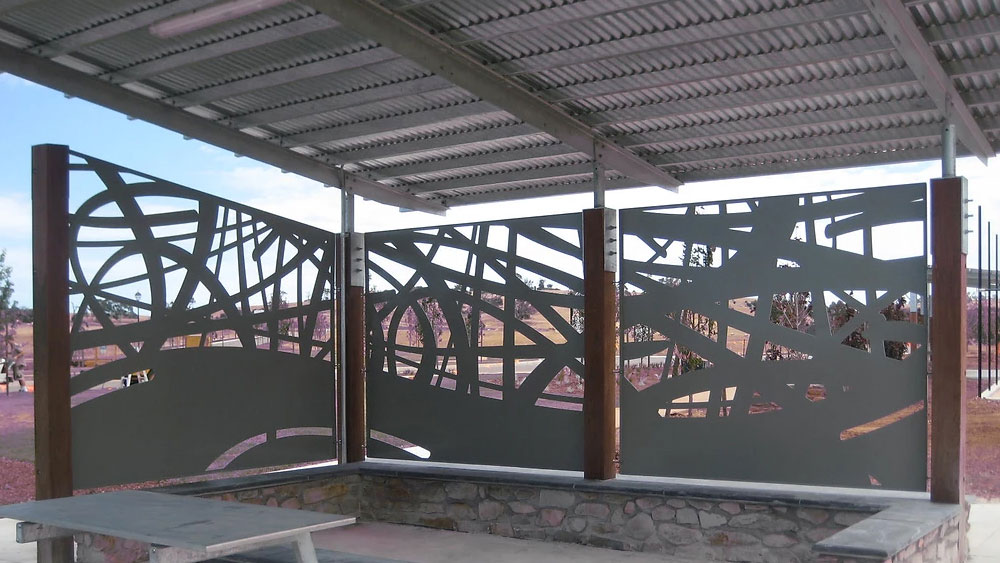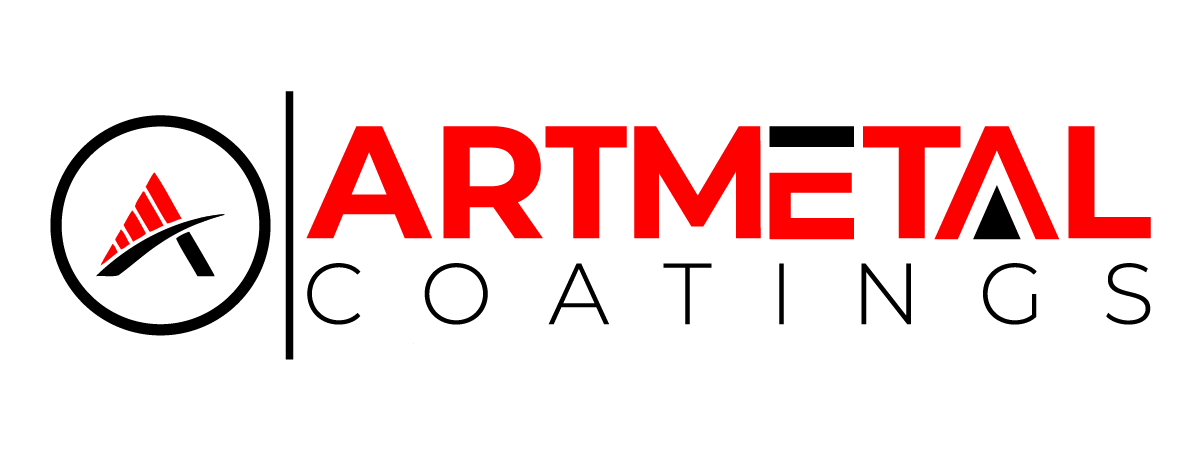Decorative Metal Finishing for Residential, Commercial, and Automotive Applications
Decorative metal finishing is an art form that marries functionality with aesthetics, transforming ordinary metal surfaces into stunning works of art. This process is highly sought after in design and architecture for its ability to add elegance, sophistication, and a personalised touch to both everyday objects and large-scale installations.
Whether you’re enhancing the interior of a home, the exterior of a commercial building, or even the rims of a vehicle, decorative metal finishing offers a versatile solution that caters to a wide range of needs, tastes & colours
What is Decorative Metal Finishing?
Decorative metal finishing involves applying various treatments and coatings to metal surfaces to achieve a desired look, texture, or color. This finishing process not only enhances the visual appeal of the metal but can also improve its durability and resistance to environmental factors. From sleek modern designs to intricate vintage patterns, decorative metal finishes can be customized to meet the specific aesthetic and functional requirements of any project, whether residential, commercial, or automotive.
We can provide custom decorative metal finishings for all commercial, residential, and automotive metals. Click the links to learn more about our powder coating for these three areas.
Styles & Trends in Decorative Metal Finishing
Decorative metal finishes have evolved over the years, with new trends constantly emerging in both residential and commercial design.
Here’s a look at some of the most popular styles and trends currently shaping the industry across Adelaide:
- Matte Finishes: Matte finishes have gained popularity for their understated elegance and ability to blend seamlessly with various design elements. This style is particularly favored in modern and minimalist design schemes, both in homes and commercial spaces.
- Metallic and High-Gloss Finishes: Metallic finishes, including gold, silver, and bronze, remain timeless choices for adding a touch of luxury and sophistication. High-gloss finishes are also trending, especially in the automotive industry, where they are used to create a striking, mirror-like appearance on car rims and other components.
- Textured Finishes: Textured finishes, such as hammered or brushed metal, are becoming increasingly popular for their tactile appeal and ability to add depth and dimension to surfaces. These finishes are often used in decorative elements like wall panels, gates, and furniture.
- Patinas and Antique Finishes: Patinas and antique finishes are in demand for creating a vintage or rustic look. These finishes give metal a weathered, aged appearance that adds character and charm, making them ideal for both residential and commercial applications.
- Custom Colors and Patterns: The ability to customize colors and patterns is a growing trend in decorative metal finishing. This allows for greater personalization, whether it’s matching a company’s branding or achieving a unique look in a residential setting.


Applications of Decorative Metal Finishing
Decorative metal finishing has a wide range of applications across residential, commercial, and automotive sectors. Here’s how this versatile technique can enhance various environments:
- Residential Applications:
- Interior Design: Decorative metal finishes are commonly used in interior design to elevate the look of fixtures, furniture, and accents. For example, kitchen hardware, light fixtures, and stair railings can be finished in custom colors or textures to match the overall aesthetic of a home.
- Exterior Features: On the exterior, decorative metal finishes are applied to elements such as gates, fences, and doors. These finishes not only add visual appeal but also protect the metal from the elements, ensuring longevity and durability.
- Artistic Installations: Custom metal finishes are often used in artistic installations within homes, such as sculptures or wall art. These pieces can serve as focal points, adding a unique and personal touch to any space.
- Commercial Applications:
- Architectural Elements: In commercial settings, decorative metal finishes are frequently used on architectural elements like facades, signage, and entranceways. These finishes help create a professional and inviting atmosphere while also reinforcing a brand’s image.
- Office and Retail Interiors: Within offices and retail spaces, decorative metal finishes can be applied to furniture, fixtures, and display units. This not only enhances the aesthetic appeal of the space but also contributes to a cohesive and branded environment.
- Public Art and Installations: Decorative metal finishing is also used in public art and installations, such as sculptures, fountains, and benches. These pieces often become landmarks, contributing to the cultural and aesthetic value of a community.
- Automotive Applications:
- Rims and Wheels: In the automotive industry, decorative metal finishing is particularly popular for customizing rims and wheels. High-gloss and metallic finishes are commonly used to create a striking visual impact, while textured finishes can add a unique touch to a vehicle’s overall appearance.
- Interior and Exterior Trim: Decorative finishes can also be applied to interior and exterior trim pieces, such as door handles, grilles, and dashboard components. This allows for greater personalization and enhances the luxury feel of a vehicle.
- Motorcycle and Bicycle Components: Beyond cars, decorative metal finishing is used in customizing motorcycle and bicycle parts, such as frames, handlebars, and exhausts, offering enthusiasts a way to stand out on the road.

Techniques in Decorative Metal Finishing
Several techniques can be employed to achieve different decorative effects on metal surfaces. Here are some of the most commonly used methods:
- Powder Coating: Powder coating is a versatile technique that involves applying a dry powder to a metal surface, which is then cured under heat to create a smooth, durable finish. Powder coating is available in a wide range of colors and textures, making it ideal for both functional and decorative purposes. It’s commonly used in residential, commercial, and automotive applications due to its excellent durability and resistance to chipping, scratching, and fading.
- Patinas: Patinas are chemical treatments applied to metal surfaces to create an aged or weathered appearance. This technique is popular for achieving a vintage or rustic look, especially in architectural elements and artistic installations. Patinas can produce a variety of colors, including greens, blues, and browns, depending on the metal and chemicals used.
- Polishing and Buffing: Polishing and buffing are mechanical processes that smooth out the metal surface to create a shiny, reflective finish. This technique is often used in automotive applications, particularly for rims and trim, as well as in residential and commercial settings where a high-gloss finish is desired.
- Anodizing: Anodizing is an electrochemical process that increases the thickness of the natural oxide layer on the surface of metal parts, particularly aluminum. This technique not only enhances corrosion resistance but also allows for the addition of vibrant colors. Anodizing is often used in commercial and architectural applications where both durability and aesthetics are important.
- Electroplating: Electroplating involves depositing a thin layer of metal onto the surface of another metal using an electric current. This technique is used to achieve decorative finishes such as chrome plating on automotive parts or gold plating on jewelry and other decorative items. Electroplating can enhance the appearance, durability, and corrosion resistance of metal components.
Why choose us for your Decorative Metal Finishing in Adelaide?








